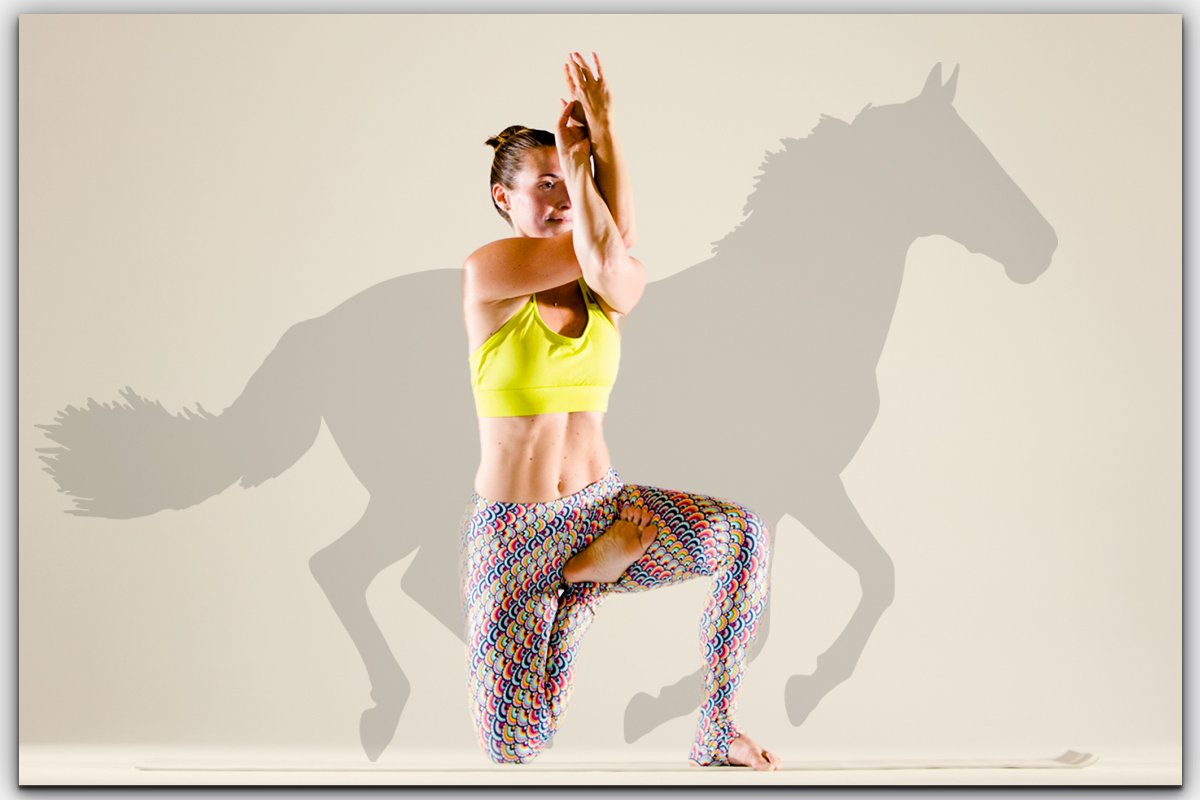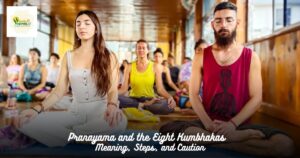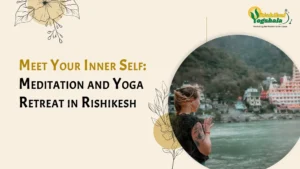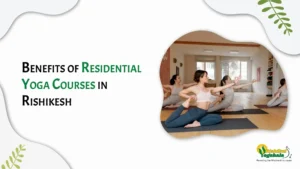Vatayanasana is derived from two Sanskrit words- Vataya means “Horse” and Asana means “Pose”. This pose resembles the face of a horse. This pose benefits the body- mentally, physically and spiritually.
It targets the upper body, leg muscles, and knee joints and also improves the flexibility of the body. The practice of Vatayanasana improves blood circulation in the hip joints and corrects small deformities and alignments in the thighs and hips.
The horse symbolizes personal drive, passion, and appetite for freedom. Among all the animals, it is one that shows a strong motivation that carries one through life.
Powers Of Horse
Physical Powers
Horses are magnificent creatures that represent freedom, speed, passion, and stamina. They are one of the strongest animals that stay alert all the time. They possess a 350-degree view with 65 degrees being binocular and other 285 degrees monocular. Because of their wide viewing capability, they can see whatever activity is going on around them, be it at the front, back or sideways. They are also very sensitive to any kind of touch and can react faster than humans. The average lifespan of a horse is 25-30 years.

Mental Powers
Horses have a mysterious sense of direction, and when they are taken to a distant and unfamiliar territory, they can easily find their way back home. They share this ability with animals such as dogs and some birds such as pigeons. They have a heightened sense of smell and they can understand the movement of the sun which provides them with radar-like homing instincts.
Psychic Powers
Horses also have the innate ability to reflect human’s emotional state. They have the potential to determine people’s mood and emotions and they react and behave according to it. Horses symbolize speed, beauty and the expansive power of the ultimate. They have a driving force, what you thrive for or carry you in life. They also stand for the balance between the instinctive and controlled part of your personality.
How To Do The Asana
Overview & Steps
- Stand straight on the yoga mat and take a deep breath.
- Keep your spine straight aligned with the neck and slowly bend your right knee and place your right ankle over your thigh in Ardha Padmasana (half-lotus pose).
- Bend forward, place your arms on the mat, and bring the right knee down on the mat. Now your weight is equally distributed to your right knee and left knee.
- Raise your arms with the forearms pointing upward and intertwine them with each other so that one elbow curls into the other. The arm on top should match the foot that is bent in the half-lotus position.
- Tilt your head behind a little for support and stay in this position for 60 seconds.
- Now, repeat the pose on the other side.
Safety & Precaution To Prevent Injuries
- Initially have an expert to help you perform it. Do not ever attempt this on your own as a beginner.
- Keep your front foot flexed to help protect your knee.
- This asana requires a deep sense of focus to avoid loss of balance.
Also Read: Sirsasana (Headstand Pose) Guide: Benefits, Steps, Variations, and Precautions
Anatomy Of Vatayanasana
The major muscles involved in this pose are the Lateral rotator group, Sartorius, Gluteus. The direct effects of Vatayanasana are mainly on the muscles and bone of lower and upper limbs. When you perform this asana, the right leg is twisted and the left leg controls the body weight. This pose is helpful for strengthening the lower half of the body while the torso remains the same. It also ensures the continuous flow of lymph fluids which improves the immunity and brings in the anti-inflammatory characteristic into the body.
Preparatory And Follow Up Poses
Preparatory asana –
- Vajrasana
- Veerasana
- Bhadrasana
- Baddha Konasana
Follow up asana –
- Ardha Matsyendrasana
- Shavasana
Key Alignment Of Asana

Importance Of Breathing In Vatayanasana
When performing Vatayanasana, breathing plays a vital role. Therefore, before the practice, practitioners must relax themselves by deep and long breathing. This will also help them to prepare mentally to attempt the pose. Deep inhalation while coming into the final pose will help to reach out the oxygenated blood all across the body. This will allow the practitioners to gain the strength in order to perform the practice for an extended time period. Due to the diaphragm extending more downwards allows the lungs to open more to acquire optimum amount of oxygen. As a result practitioners gain the core strength which is also required to perform this pose effectively.
Process Of Meditation In Vatayanasana
(Sthiram Sukham Asanam)
The Vatayanasana comes under an advanced pose. It takes time and constant effort to achieve complete stillness upon the final pose. In this pose when the practitioners have achieved the stillness, they should mentally visualize the form of a cosmic horse and can become aware of their powers. At this point consciously practitioners must shift their awareness from physical and mental aspects to the visualization process. In order to experience the process of Meditation in this pose one can visualize the power of an universal horse and try emerging themselves into it.
Benefits Of Horse Pose (Vatayanasana)
Physical Benefits
- The Vatayanasana gives flexibility in the upper body and strengthens the leg muscles and knee joints.
- This practice mainly helps improve blood circulation in the hip joint and correct minor deformities and misalignments in the hip or lower limbs.
- It helps reduce stiffness and pain caused by arthritis.
- It has proven helpful in cases of inguinal and femoral hernia.
- It reduces muscle cramping in the thigh region.
Psychological Benefits
- Mentally, the pose facilitates focus to maintain balance and improve concentration.
- Practicing this pose also helps improve cognitive function, and listening skills and makes the person more aware of the surroundings.
- It also helps to overcome the stress level and anxiety.
- Performing this pose brings the balance between body, mind, and emotions which helps to build up the complete personality.
Mystical Benefits
- This pose is associated with the Power of seeing the future, Strong Will Power, Discrimination, and Determination.
- This pose helps stimulate your inner strength to manage any kind of difficult situation.
- It ignites your creativity, passion, and sensual emotions.
Spiritual Benefits
Performing this pose harnesses the power of healing and brings positive change in your life and the lives of those around you. Horse powers represent your inner strength and driving force in life. This asana stimulates the Swadhisthana, the sacral chakra that is the home of the sexual and creative energies. This asana gives the real essence of human existence, which is selfless service for humanity by cultivating the sense of responsibility within.
Contraindications of Vatayanasana
- Avoid this pose if you have an existing hip, knee, or ankle injury.
- People with high blood pressure and heart problems should do this asana for a very short time with proper guidance.
- People with arthritis should also practice with proper guidance.
Conclusion
Start the transformative journey of Vātāyanāsana, cultivating flexibility and strength. Incorporating this pose into your practice can lead to significant improvements in overall well-being. For those interested in deepening their yoga journey, consider enrolling in a yoga teacher training program. Rishikul Yogshala Rishikesh offers comprehensive courses like the 200 Hour Yoga Teacher Training in Rishikesh and the 300 Hour Yoga Teacher Training in Rishikesh. These programs are designed to help you master your practice and share the transformative power of yoga with others.













